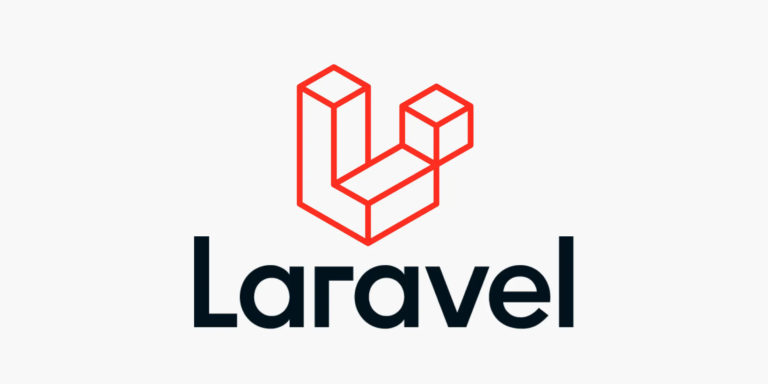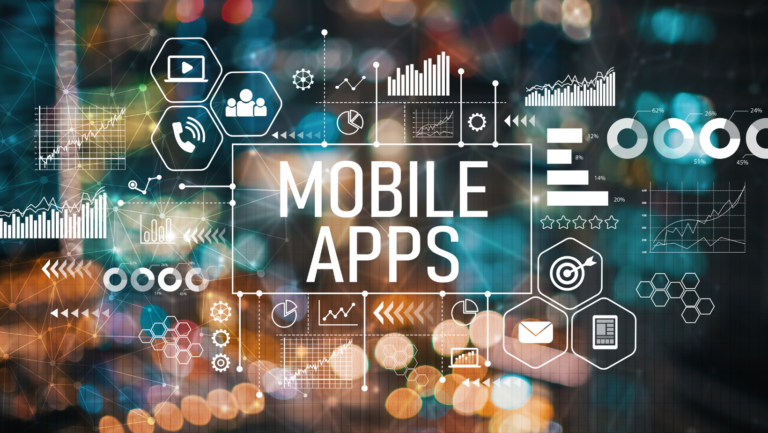Flutter has emerged as a popular choice for mobile app development due to its cross-platform capabilities and rich set of features. In this blog post, we’ll explore an introductory overview of Flutter, its architecture, and key features.
1. What is Flutter?
Flutter is an open-source UI software development kit (SDK) created by Google for building natively compiled applications for mobile, web, and desktop from a single codebase. It uses the Dart programming language and offers a reactive framework for building user interfaces.
2. Flutter’s Architecture Overview
Flutter follows a layered architecture consisting of the following components:
- Framework Layer: Provides widgets, animations, and rendering capabilities.
- Engine Layer: Written in C/C++, it manages communication between Flutter code and platform-specific code.
- Embedding Layer: Integrates Flutter with platform-specific code for iOS, Android, web, and desktop.
3. Dart Programming Language
Flutter uses Dart as its primary programming language. Dart is known for its simplicity, fast performance, and strong typing system. It offers features like hot reload for quick development iterations and supports both object-oriented and functional programming paradigms.
4. Widgets in Flutter
Widgets are the building blocks of Flutter apps. They represent UI elements such as buttons, text fields, containers, and layouts. Flutter provides a rich library of both stateless and stateful widgets that can be composed to create complex UI designs.
5. State Management
Flutter offers various approaches to manage app state, including:
- setState(): Simple method for managing state within widgets.
- Provider: A lightweight, provider-agnostic solution for state management.
- Bloc Pattern: Using the Flutter Bloc library for reactive state management.
- GetX: A state management solution with a focus on simplicity and performance.
6. Hot Reload for Rapid Development
One of Flutter’s standout features is hot reload, which allows developers to make changes to their code and see the results instantly on the emulator or device without restarting the app. This feature accelerates the development process and encourages experimentation.
7. Material Design and Cupertino Widgets
Flutter provides widgets that adhere to both Material Design guidelines (Android) and Cupertino design principles (iOS). Developers can create visually consistent UIs across platforms using widgets like AppBar, FloatingActionButton, and BottomNavigationBar.
8. Customization and Theming
Flutter enables extensive customization and theming of UI elements. Developers can define custom themes, colors, fonts, and styles to match their app’s branding and design requirements. This flexibility ensures a cohesive and visually appealing user experience.
9. Platform Integration and APIs
Flutter seamlessly integrates with platform-specific features and APIs through plugins. Developers can access device functionalities such as camera, location, sensors, and storage using Flutter plugins, enhancing app capabilities and user interactions.
10. Testing and Debugging Tools
Flutter provides robust tools for testing and debugging apps. The Flutter DevTools suite offers insights into app performance, widget hierarchy, and memory usage. Additionally, Flutter supports unit testing, integration testing, and widget testing to ensure app quality.
11. Deployment Options
Flutter apps can be deployed to multiple platforms:
- iOS: Compile Flutter code to native iOS code using Xcode.
- Android: Compile Flutter code to native Android code using Android Studio or Gradle.
- Web: Compile Flutter code to JavaScript for web deployment.
- Desktop: Experimental support for Windows, macOS, and Linux platforms.
12. Community and Ecosystem
Flutter has a vibrant community of developers, designers, and contributors. The Flutter ecosystem includes packages and plugins for a wide range of functionalities, from UI enhancements to backend integrations, making it a versatile and extensible platform.
13. Future Outlook and Updates
Google continues to invest in Flutter’s development, with ongoing updates, performance optimizations, and new features. Flutter is positioned as a leading framework for building modern, high-performance apps across platforms, making it a valuable skill for developers.
14. Getting Started with Flutter
To start building Flutter apps, developers can download the Flutter SDK, set up their development environment, and follow official documentation and tutorials. Flutter’s easy setup and comprehensive resources make it accessible to beginners and experienced developers alike.
15. Conclusion
In conclusion, Flutter offers a powerful and flexible framework for building cross-platform apps with a native look and feel. Its architecture, features like hot reload, extensive widget library, and strong community support make it an attractive choice for mobile app development projects of all scales.



